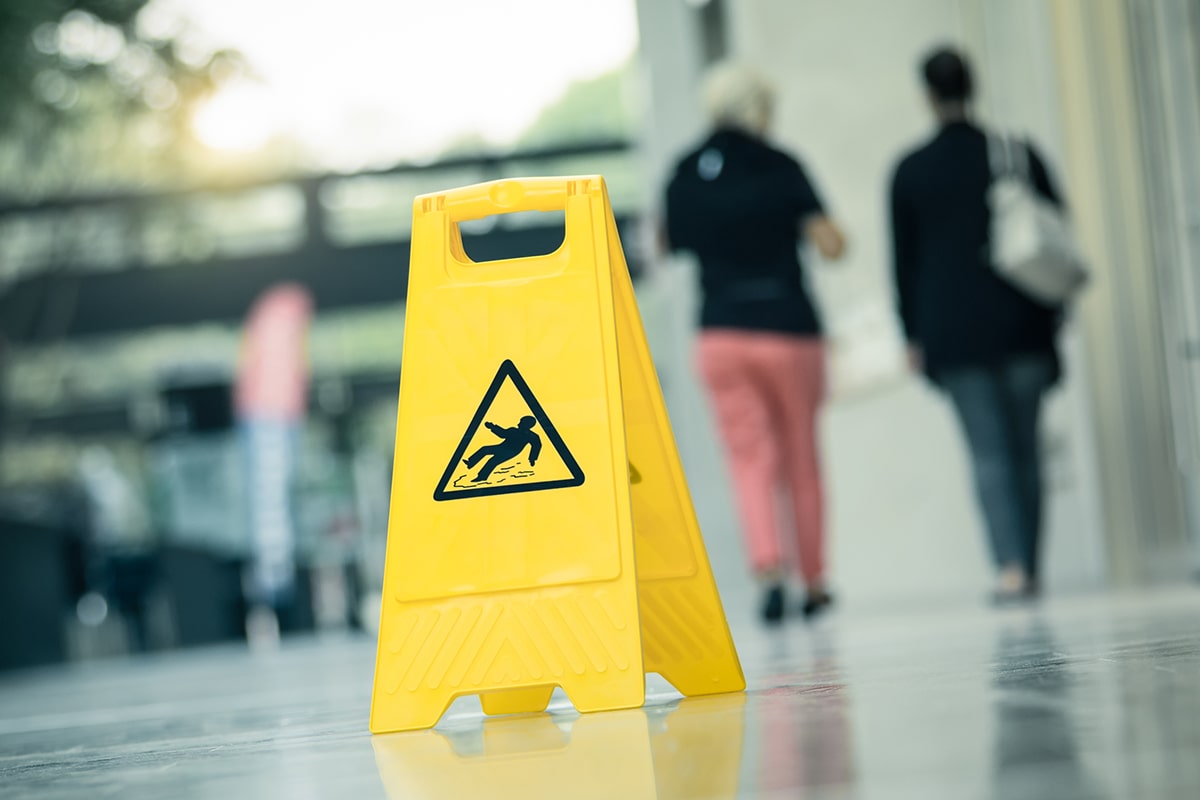By: Melissa Black, MS, CSP, CIH
Adjunct Professor, College of Emergency Services, Occupational Safety and Health
Columbia Southern University
The following article originally appeared in the March 2019 edition of Safety + Health Magazine.
QUESTION: What are the new flooring standards intended to prevent slips, trips and falls?
ANSWER: Slips and trips without a fall make up almost 4 percent of disabling workplace injuries according to Liberty Mutual. Flooring standards for coefficient of friction are still under consideration.
“Trip lips” of approximately one-quarter-inch are not a new hazard; however, there is more awareness surrounding this issue and new solutions are available. New flooring and traction criteria, improvements to rugs and runners, and sidewalk grinding give hope that injuries due to these challenging risks are reduced.
According to the Bureau of Labor Statistics, falls are the second leading cause of on-the-job deaths, accounting for approximately 17 percent – the highest rate since the BLS began capturing this data in 1992. Fatal falls have continued to trend upward, rising 25 percent since 2011. Fifteen percent of all workers fatally injured on the job were 65 or older.
Nearly one-quarter (23 percent) of fatal falls occur from a height of 10 feet or less. Slips and trips without a fall make up 3.8 percent of disabling workplace injuries and 17.7 percent of falls are on the same level according to data from the 2017 Liberty Mutual Workplace Safety Index. The total cost for these disabling workplace injuries is more than $12.92 billion.
Falls are the No. 1 citied topic for general industry and construction. Manufacturers and the American National Standard Institute are working at feverish paces to improve personal protective equipment, and OSHA is raising awareness.
Ladders, rugs, walking surfaces, housekeeping and lighting are some of the common workplace conditions and tools that greatly influence the frequency and severity of falls. New peel-and-stick mat designs that reduce roll-ups, movement and crimps may not be as attractive as some of the older styles, but they are durable, absorbent and serve the intended purpose.
One-quarter-inch trip lips are difficult to see if no visual delineation is present. Some companies perform concrete surface grinding (on sidewalks, warehouses, etc.) to even the lips until future repairs can be made, but they make sure they adhere to the new silica standard – wet methods, shrouds, HEPA filters, PPE, etc.
So, are there definitive standards? Yes and no. If a recognized hazard that can be abated is present, OSHA’s General Duty Clause can – and should – be used. Secondly, standards are in place from the National Floor Safety Institute and ANSI committee on the prevention of slips, trips and falls (ANSI/NFSI B101). Some of the changes from the previous ASTM D2047 standard for slip-resistant properties determine dynamic versus static coefficient of friction and wet versus dry surfaces.
LED lighting and energy saving have been much talked about. The reduction of personnel on ladders and lifts is another advantage because of the extended service life of LEDs. I do not often hear discussions on warm, cool, lumens, brightness, contrast, transition zones and task lighting. Identification of those risks are key to their reduction.
Great strides are being made in safety. To make an impact in the industry, we must embrace these strides and initiate the change.
Safety has been at the core of Columbia Southern University’s academic focus since its founding in 1993. CSU’s BCSP-certified occupational safety and health program offers degree programs at the associate, bachelor’s or master’s levels, where faculty members cover both traditional and modern approaches. For more information, visit ColumbiaSouthern.edu.



